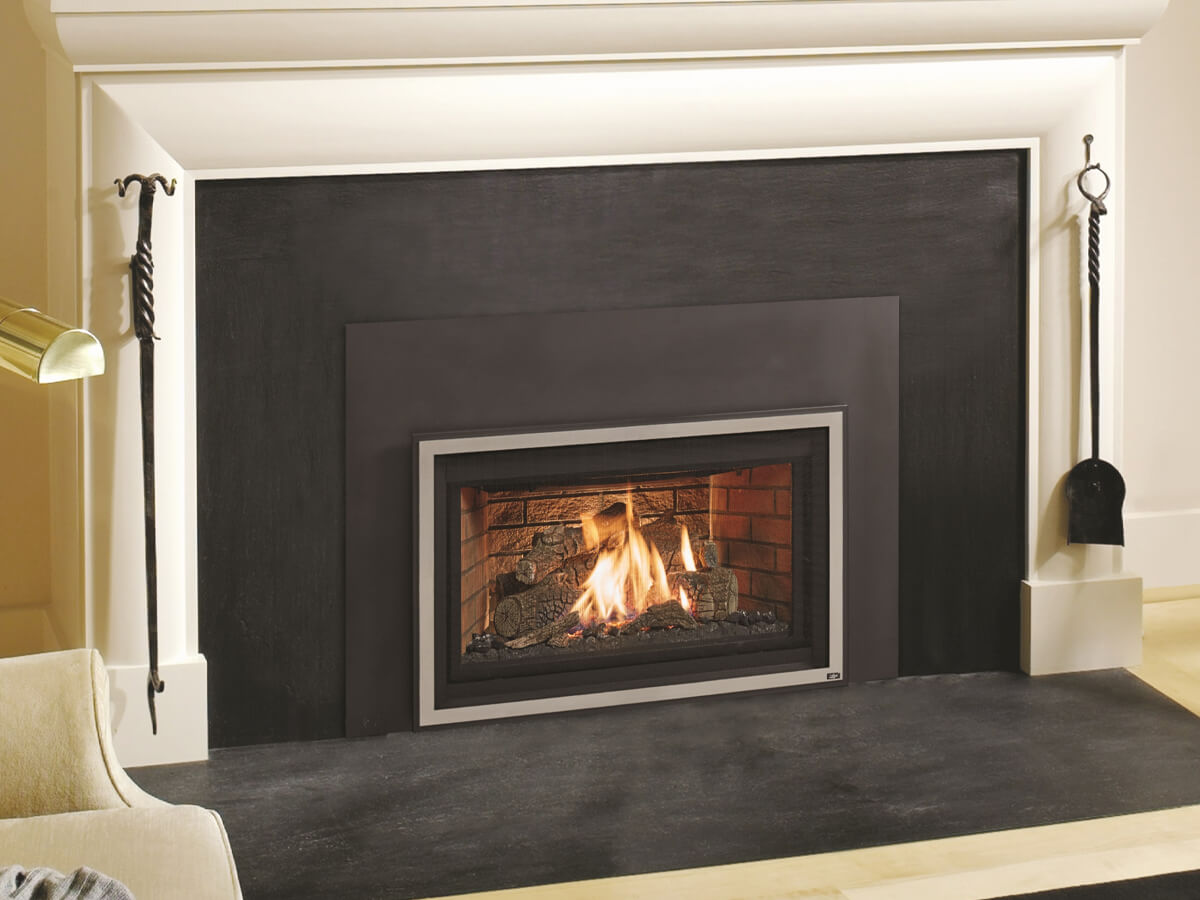

Articles
What Is A Fireplace Insert
Modified: October 28, 2024
Learn all about fireplace inserts in this collection of informative articles. Find out what they are, how they work, and why they are a great addition to your home.
(Many of the links in this article redirect to a specific reviewed product. Your purchase of these products through affiliate links helps to generate commission for Storables.com, at no extra cost. Learn more)
Introduction
Fireplace inserts are a popular choice for homeowners who want to add warmth, ambiance, and energy efficiency to their homes. These inserts are designed to fit into an existing fireplace and provide a more efficient heating solution compared to traditional open fireplaces.
A fireplace insert is essentially a fireproof box that is made of cast iron or steel and is designed to be inserted into the opening of a masonry or prefab fireplace. While traditional fireplaces may consume more fuel and produce less heat, fireplace inserts are designed to maximize heat output and minimize heat loss.
Not only do fireplace inserts provide a more efficient source of heat, but they also offer a range of other benefits. They can enhance the aesthetics of a room, improve indoor air quality, and even help reduce heating costs.
This article will explore the various types of fireplace inserts available, the benefits of using a fireplace insert, the installation process, maintenance and safety tips, cost considerations, and the environmental impact of fireplace inserts.
Key Takeaways:
- Fireplace inserts offer increased heating efficiency, improved indoor air quality, and enhanced safety. With options like wood-burning, gas, pellet, electric, and propane inserts, homeowners can find the perfect fit for their needs and preferences.
- By reducing emissions, promoting energy efficiency, and utilizing renewable fuel sources, fireplace inserts have a positive environmental impact. They provide a practical and eco-friendly heating solution while creating a cozy atmosphere within the home.
Read more: What Is A Gas Fireplace Insert
Definition of Fireplace Insert
A fireplace insert is an enclosed heating device that is inserted into an existing fireplace to improve its efficiency and functionality. It is essentially a self-contained stove that fits snugly into the fireplace opening, transforming it into a more efficient heating appliance.
Unlike traditional fireplaces that rely on an open design, fireplace inserts are designed with a closed combustion system. This means that the fire is contained within a firebox, allowing for better control of the airflow and heat distribution. The design of a fireplace insert ensures that more heat is directed into the room rather than being lost up the chimney.
Fireplace inserts come in various shapes, sizes, and materials. They are typically made of cast iron or steel, with a glass door that allows you to enjoy the beauty of the flames while preventing heat loss. Some inserts may also include a blower or fan to help circulate the warm air throughout the room.
One of the key features of a fireplace insert is its ability to burn different types of fuel. While wood-burning inserts are the most common, there are also options for gas, pellet, or electric inserts. Each type of fuel has its own advantages and considerations, depending on factors such as convenience, cost, and access to fuel sources.
Overall, a fireplace insert offers an efficient and versatile heating solution for homeowners. It not only enhances the heat output and efficiency of a fireplace but also allows for greater control over the fire and reduces environmental impact.
Types of Fireplace Inserts
When it comes to choosing a fireplace insert, homeowners have a variety of options to consider. The type of insert you choose will depend on your heating needs, available fuel sources, and personal preferences. Here are some of the most common types of fireplace inserts:
- Wood-Burning Inserts: Wood-burning fireplace inserts are a popular choice among homeowners who enjoy the traditional experience of burning real wood. These inserts are designed to burn efficiently, producing high heat output and minimal smoke. They require a steady supply of firewood and regular cleaning of ashes.
- Gas Inserts: Gas fireplace inserts provide convenience and versatility. They use natural gas or propane as a fuel source and can be easily controlled with a thermostat or remote control. Gas inserts offer instant heat at the touch of a button, without the hassle of wood storage or cleanup. They are also more energy-efficient than wood-burning inserts.
- Pellet Inserts: Pellet fireplace inserts burn compressed wood pellets, providing an eco-friendly heating solution. These inserts have a hopper that automatically feeds pellets into the fire, ensuring a consistent heat source. Pellet inserts offer the convenience of a gas insert with the ambiance of a wood-burning insert.
- Electric Inserts: Electric fireplace inserts are an excellent option for those seeking hassle-free installation and operation. These inserts utilize electricity to produce heat and flame effects. They are easy to install, require no venting, and can be operated with a remote control or thermostat. Electric inserts are a great choice for apartments or homes without existing chimneys.
- Propane Inserts: Propane fireplace inserts are similar to gas inserts but use propane as the fuel source. These inserts offer the convenience of gas inserts and can be used even if your home is not connected to a natural gas supply. Propane inserts are an excellent choice for areas where propane is more readily available and affordable.
Each type of fireplace insert offers its own set of advantages and considerations. It’s important to evaluate your heating needs, available fuel sources, and the desired ambiance when selecting the right insert for your home.
Benefits of Using a Fireplace Insert
Using a fireplace insert offers numerous benefits for homeowners. Whether you choose a wood-burning, gas, pellet, electric, or propane insert, here are some advantages you can expect:
- Increased Efficiency: One of the main benefits of using a fireplace insert is increased efficiency. Traditional open fireplaces can lose a significant amount of heat up the chimney, while fireplace inserts are designed to maximize heat output and minimize heat loss. This means you can enjoy a warmer and more comfortable space while using less fuel.
- Improved Heat Distribution: Fireplace inserts are designed to distribute heat more evenly throughout the room. With a blower or fan, warm air can be circulated effectively, ensuring that every corner of the space receives the same level of heat. This eliminates cold spots and enhances the overall comfort of the room.
- Enhanced Safety: Open fireplaces can pose a safety risk with flying sparks, debris, and the potential for accidental burns. Fireplace inserts feature a glass door, which acts as a barrier, preventing sparks from escaping into the room. This feature makes fireplace inserts a safer option, particularly for households with children or pets.
- Improved Indoor Air Quality: Traditional wood-burning fireplaces can release smoke, soot, and other pollutants into the indoor environment. Fireplace inserts are designed with a closed combustion system, ensuring that smoke and other byproducts are properly vented outside. This leads to better indoor air quality and reduces the risk of respiratory issues.
- Energy Efficiency: Fireplace inserts are more energy-efficient compared to traditional fireplaces. By burning fuel more efficiently, they require less fuel consumption, leading to potential cost savings on heating bills. Additionally, some fireplace inserts have the ability to be connected to the home’s heating system, allowing for even more energy savings.
- Aesthetics and Versatility: Fireplace inserts offer a wide range of design options to suit various interior styles. They come in different sizes, finishes, and materials, allowing homeowners to choose a style that complements their décor. Additionally, some inserts offer customizable flame effects, giving you the ability to adjust the ambiance of your space to suit different moods.
Overall, using a fireplace insert provides a more efficient, safer, and aesthetically pleasing heating solution for your home. Whether you prioritize energy efficiency, improved indoor air quality, or enhancing the overall ambiance, a fireplace insert offers a host of benefits that can enhance your comfort and enjoyment during the colder months.
Installation of a Fireplace Insert
The installation of a fireplace insert requires careful consideration and should be done by a professional to ensure proper fit, function, and safety. Here’s an overview of the installation process:
- Assessment and Measurement: A professional installer will first assess your existing fireplace and determine if it is suitable for an insert. They will measure the dimensions of the fireplace opening to ensure a proper fit for the insert.
- Preparation of the Fireplace: Before installing the insert, the existing fireplace will need to be prepared. This may involve removing any debris, soot, or damaged components. The chimney and flue will also need to be inspected and cleaned if necessary to ensure proper ventilation.
- Installation of the Insert: The fireplace insert will be carefully placed into the opening of the existing fireplace. The insert will be secured and sealed to ensure a proper fit and prevent any gaps that could allow heat or smoke to escape.
- Chimney and Ventilation: Depending on the type of fireplace insert and fuel source, the chimney and ventilation system may need to be modified or upgraded. This may involve installing a new chimney liner or connecting the insert to the existing flue to ensure efficient exhaust ventilation.
- Electrical and Gas Connections: For gas or electric inserts, the installer will need to make the necessary electrical or gas connections. This may involve running new gas lines or wiring from the main electrical panel to power the insert.
- Testing and Safety Checks: Once the installation is complete, the installer will conduct rigorous testing to ensure the insert is operating safely and efficiently. This may include checking for proper airflow, verifying the function of any fans or blowers, and testing the ignition system if applicable.
It is important to note that the installation process may vary depending on the type and model of the fireplace insert, as well as any specific manufacturer requirements. Therefore, it is always recommended to consult with a professional installer who is experienced with fireplace inserts to ensure a proper and safe installation.
Professional installation not only ensures the correct fit and functionality of the insert but also guarantees compliance with local building codes and regulations. By entrusting the installation to experts, you can enjoy the benefits of your fireplace insert with peace of mind, knowing it has been installed correctly and safely.
When choosing a fireplace insert, consider the size and style of your existing fireplace, the heating capacity of the insert, and the fuel type (wood, gas, electric) that best suits your needs.
Read more: What Are The Best Electric Fireplace Inserts
Maintenance and Safety Tips for Fireplace Inserts
Maintaining and properly using your fireplace insert is crucial for its efficiency and longevity. Here are some important maintenance and safety tips to follow:
- Clean the Insert Regularly: Keep your fireplace insert clean by removing ashes and debris regularly. Allow the ashes to cool completely before disposing of them in a metal container. Clean the glass door with a non-abrasive glass cleaner to maintain visibility and prevent soot buildup.
- Inspect and Clean the Chimney Annually: Schedule an annual inspection and cleaning of the chimney by a professional chimney sweep. This helps remove any creosote buildup, debris, or blockages that can cause poor draft or even chimney fires. Regular inspection ensures that the chimney and venting system are in good condition.
- Check for Damaged Components: Regularly inspect the fireplace insert for any signs of wear or damage, such as cracks, loose gaskets, or damaged glass. If you notice any issues, contact a professional for repairs or replacements to ensure safe operation.
- Use Proper Fuel: Follow the manufacturer’s guidelines for the recommended fuel type and quality. Using the wrong type of fuel can damage the insert and lead to poor combustion and increased emissions. For wood-burning inserts, use well-seasoned firewood to ensure efficient burning and reduce the buildup of creosote.
- Practice Safe Burning Habits: When using a fireplace insert, always use a fireplace screen or glass door to prevent sparks from escaping. Never leave the fire unattended and make sure it is completely extinguished before leaving the room or going to sleep. Keep flammable objects away from the fireplace insert and always use caution when handling hot surfaces.
- Ensure Proper Ventilation: Adequate ventilation is essential for the safe operation of fireplace inserts. Make sure the chimney or venting system is free from obstructions and functioning properly. Never block vents or close off the damper unless directed by the manufacturer for specific operating modes.
- Keep Combustible Materials Away: Maintain a clear area around the fireplace insert, keeping flammable objects such as furniture, curtains, and rugs at a safe distance. Be mindful of the heat output of the insert and ensure that any surrounding surfaces are heat-resistant or properly protected.
- Install Smoke and Carbon Monoxide Detectors: For added safety, install smoke and carbon monoxide detectors near the fireplace insert and on each level of your home. Test the detectors regularly and replace batteries as needed to ensure they are functioning correctly.
Remember, safety should always be a top priority when using a fireplace insert. By following these maintenance and safety tips, you can enjoy the warmth and ambiance of your fireplace insert while ensuring the safe and efficient operation of your heating appliance.
Cost Considerations for Fireplace Inserts
When considering a fireplace insert for your home, it’s important to take into account both the upfront and long-term costs associated with the purchase and operation of the insert. Here are some key cost considerations to keep in mind:
- Initial Investment: The cost of a fireplace insert can vary depending on the type, size, material, and features. Wood-burning inserts are generally the most affordable, while gas and electric inserts tend to be more expensive. Consider your budget and desired features when choosing the right insert for your home.
- Installation Costs: The installation of a fireplace insert typically requires professional assistance. Installation costs will vary depending on factors such as the complexity of the installation, modifications to the existing fireplace, and any additional venting or electrical work required. It’s recommended to obtain quotes from multiple installers to get a clear understanding of the installation costs.
- Fuel Costs: The fuel source you choose for your fireplace insert will impact your ongoing operating costs. Wood-burning inserts require a steady supply of firewood, which can vary in cost depending on availability and region. Gas, pellet, and electric inserts have different fuel consumption rates and associated costs. Research the local prices of different fuels to estimate your ongoing fuel expenses.
- Maintenance and Repair Costs: Regular maintenance and occasional repairs may be necessary to keep your fireplace insert in optimal condition. Factors such as annual chimney inspections, cleaning, and replacement of gaskets or glass can add to the overall cost of owning a fireplace insert. It’s important to budget for these maintenance and repair costs to ensure the longevity and efficient operation of your insert.
- Energy Efficiency and Cost Savings: While fireplace inserts may have upfront costs, they can provide long-term energy savings. Compared to traditional fireplaces, fireplace inserts offer higher heat efficiency, resulting in reduced fuel consumption and lower heating bills. Calculate the potential energy savings over time to determine the cost-effectiveness of a fireplace insert in the long run.
- Aesthetic Upgrades: Depending on your preferences, you may choose to invest in aesthetic upgrades for your fireplace insert, such as decorative mantels, surrounds, or accessories. These additional customizations can add to the overall cost but can also enhance the visual appeal and style of your fireplace insert.
It’s important to carefully consider these cost factors when evaluating the affordability and value of a fireplace insert for your home. While there are upfront expenses involved, many homeowners find that the benefits, energy efficiency, and long-term savings outweigh the initial investment.
Be sure to research and compare prices, consult with professionals, and consider your specific needs and budget to make an informed decision on the most cost-effective fireplace insert for your home.
Environmental Impact of Fireplace Inserts
Fireplace inserts offer several environmental benefits compared to traditional open fireplaces. Here’s a look at the positive environmental impact of using a fireplace insert:
- Reduced Emissions: Fireplace inserts are designed with a closed combustion system, which allows for more efficient burning of fuel. This results in reduced emissions of pollutants, including smoke, soot, and particulate matter. By minimizing these emissions, fireplace inserts contribute to better air quality both indoors and outdoors.
- Energy Efficiency: Fireplace inserts are significantly more energy-efficient compared to traditional open fireplaces. Their closed design and efficient combustion process allow for higher heat output and lower fuel consumption. By using less fuel, fireplace inserts help reduce the demand for natural resources and decrease greenhouse gas emissions associated with fossil fuel extraction and combustion.
- Renewable Fuel Options: Some fireplace inserts offer the option to burn renewable fuel sources, such as wood pellets. These pellets are made from compressed sawdust and other byproducts, making them a sustainable and renewable energy source. By utilizing renewable fuels, fireplace inserts reduce reliance on fossil fuels and contribute to a more sustainable energy future.
- Ventilation and Air Quality: Proper ventilation is crucial for the safe operation of fireplace inserts. A well-functioning venting system allows for the efficient exhaust of combustion byproducts. This helps prevent the buildup of harmful gases, such as carbon monoxide, within the living space. By ensuring good ventilation, fireplace inserts promote healthier indoor air quality.
- Reduced Deforestation: Wood-burning fireplace inserts can promote sustainable forestry practices. When firewood is sourced responsibly from sustainably managed forests or collected as a byproduct of forest maintenance, it helps support the growth and health of forests. Additionally, using wood as a fuel instead of other non-renewable resources reduces the pressure on fossil fuel consumption.
- Longevity of Fireplace Inserts: Fireplace inserts are designed to be durable and long-lasting. Unlike traditional fireplaces, which can deteriorate over time and require frequent repairs or replacements, fireplace inserts can provide many years of efficient heat and comfort. This longer lifespan helps reduce waste and the environmental impact associated with the manufacturing and disposal of fireplace components.
It’s important to note that the environmental impact of a fireplace insert also depends on the type of fuel used and the individual homeowner’s practices. For example, using sustainably sourced firewood and properly maintaining the insert can further minimize environmental impact.
By choosing a fireplace insert and adopting environmentally responsible practices, homeowners can reduce emissions, conserve energy, and contribute to a more sustainable and eco-friendly living environment.
Conclusion
Fireplace inserts offer a range of benefits for homeowners, from increased heating efficiency to improved indoor air quality. By understanding the different types of fireplace inserts available, the installation process involved, and the maintenance and safety considerations, homeowners can make informed decisions about incorporating a fireplace insert into their homes.
When choosing a fireplace insert, it’s essential to consider factors such as fuel type, cost, and aesthetic preferences. Wood-burning, gas, pellet, electric, and propane inserts each have their advantages and considerations, allowing homeowners to select an option that aligns with their needs and priorities.
Fireplace inserts provide numerous advantages, including increased efficiency, improved heat distribution, enhanced safety, and energy efficiency. They are not only a practical heating solution but also an opportunity to create an inviting and cozy atmosphere within your home. With proper installation and regular maintenance, fireplace inserts can provide years of warmth and enjoyment.
Furthermore, fireplace inserts have a positive environmental impact. By reducing emissions, promoting energy efficiency, utilizing renewable fuel sources, and supporting sustainable forestry practices, fireplace inserts help contribute to a more eco-friendly living environment.
In conclusion, fireplace inserts offer an excellent way to enhance the comfort, efficiency, and aesthetics of your home. With their wide range of options and benefits, homeowners can enjoy the warmth and ambiance of a fireplace while reducing energy consumption and minimizing their environmental footprint.
So, whether you desire the crackling of wood, the convenience of gas, or the sustainability of pellets, explore the world of fireplace inserts and discover the perfect fit for your home.
Frequently Asked Questions about What Is A Fireplace Insert
Was this page helpful?
At Storables.com, we guarantee accurate and reliable information. Our content, validated by Expert Board Contributors, is crafted following stringent Editorial Policies. We're committed to providing you with well-researched, expert-backed insights for all your informational needs.
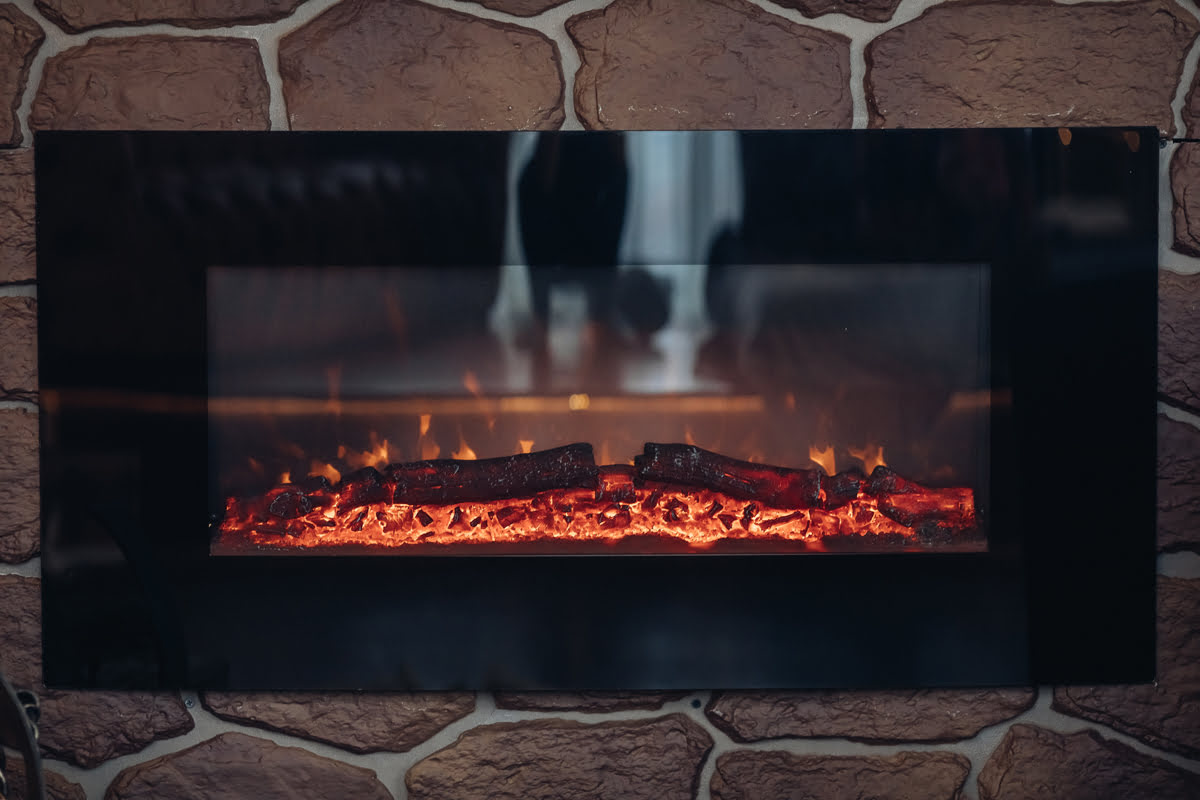
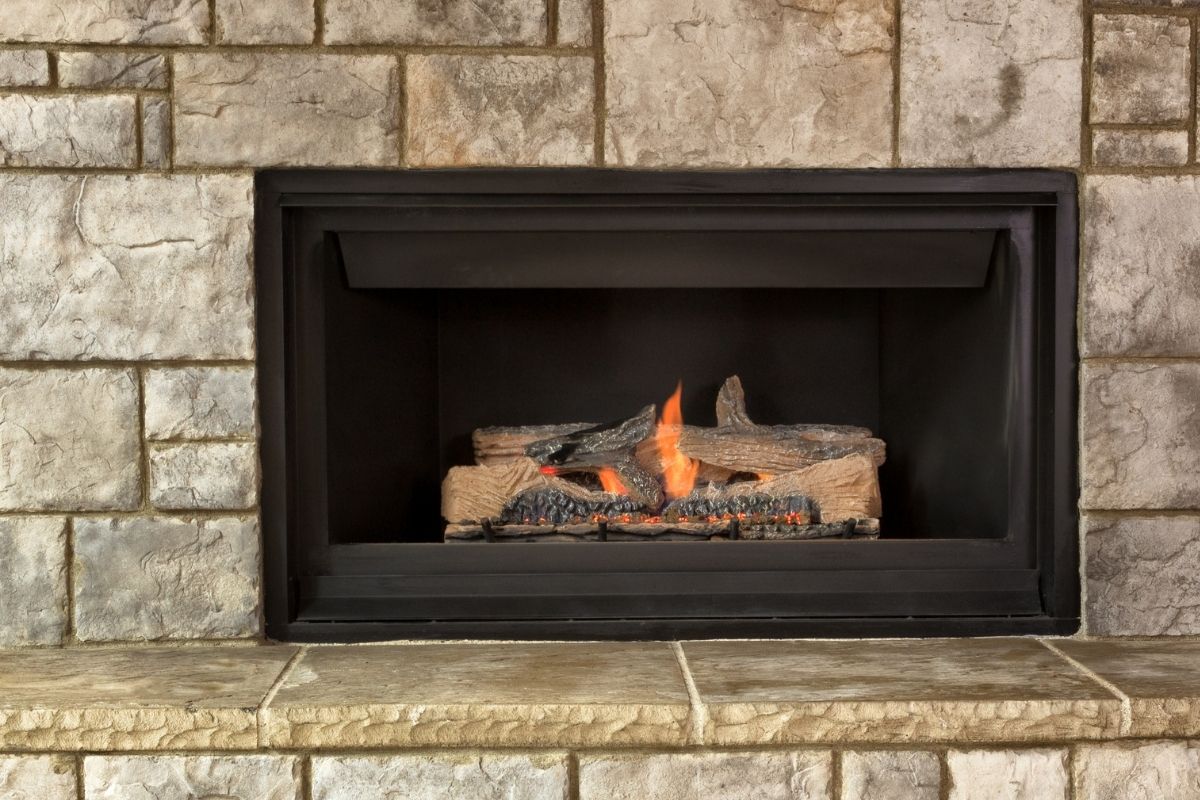
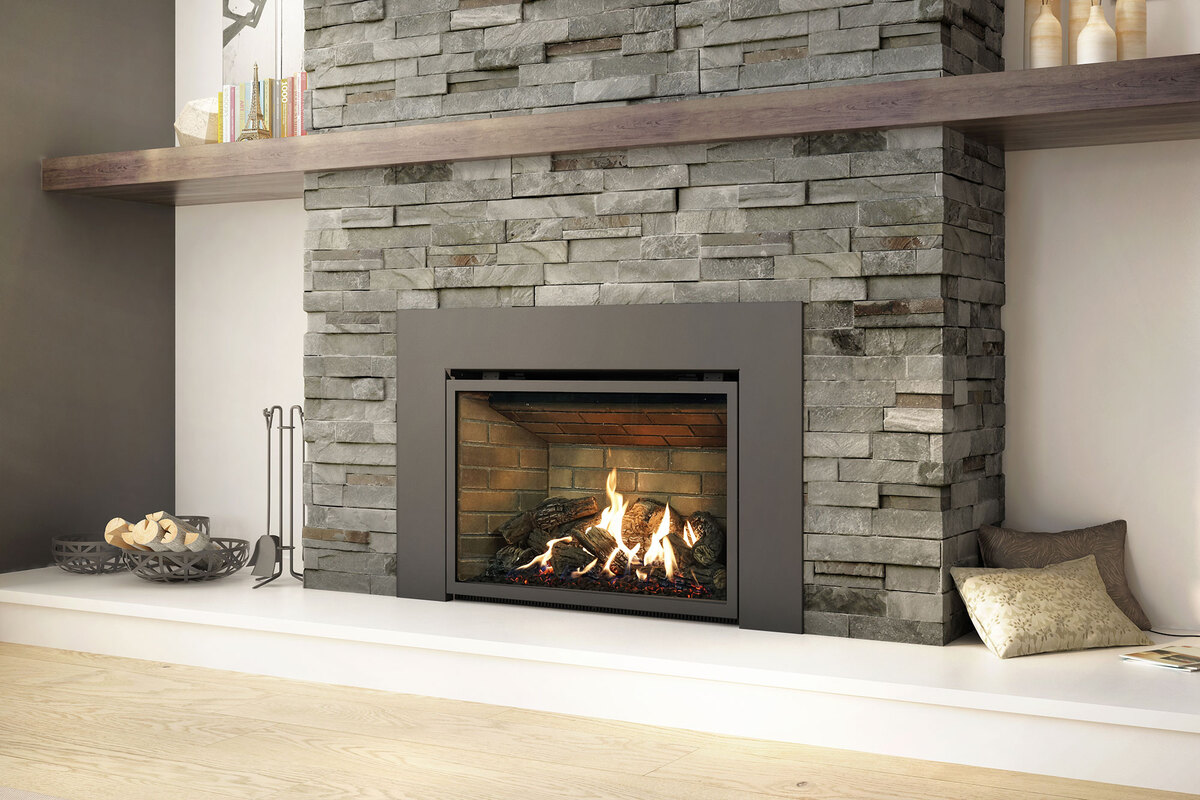
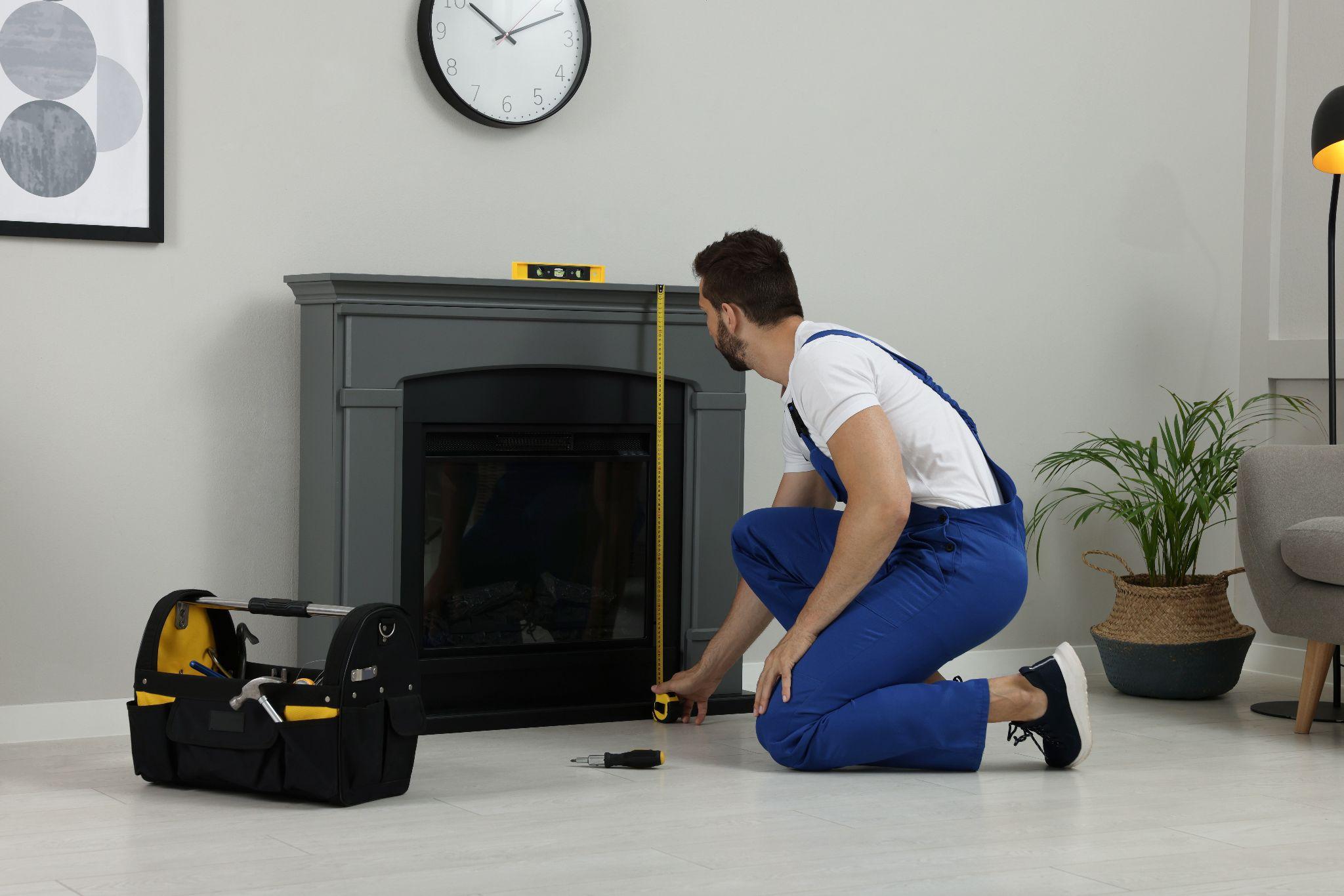
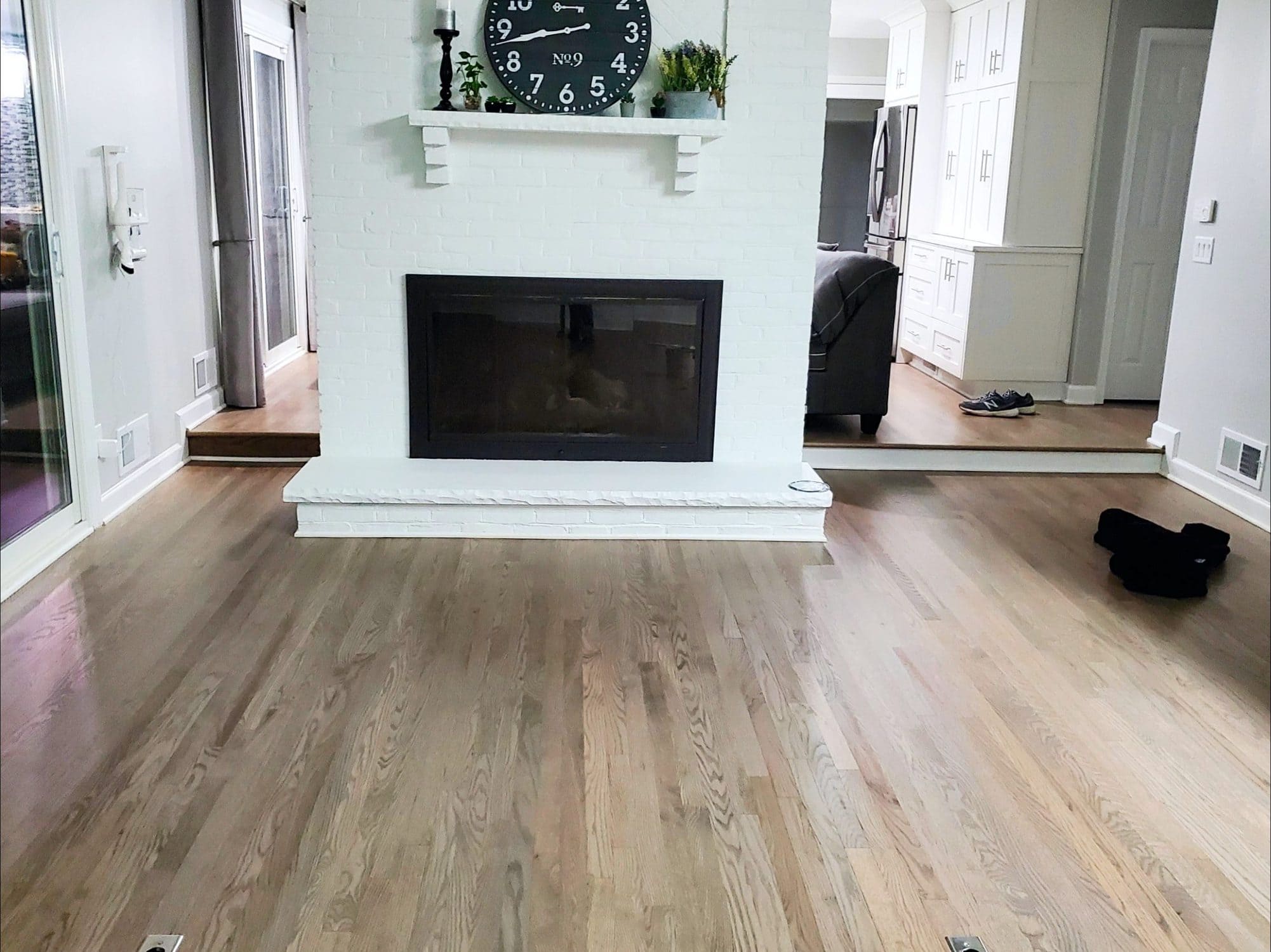
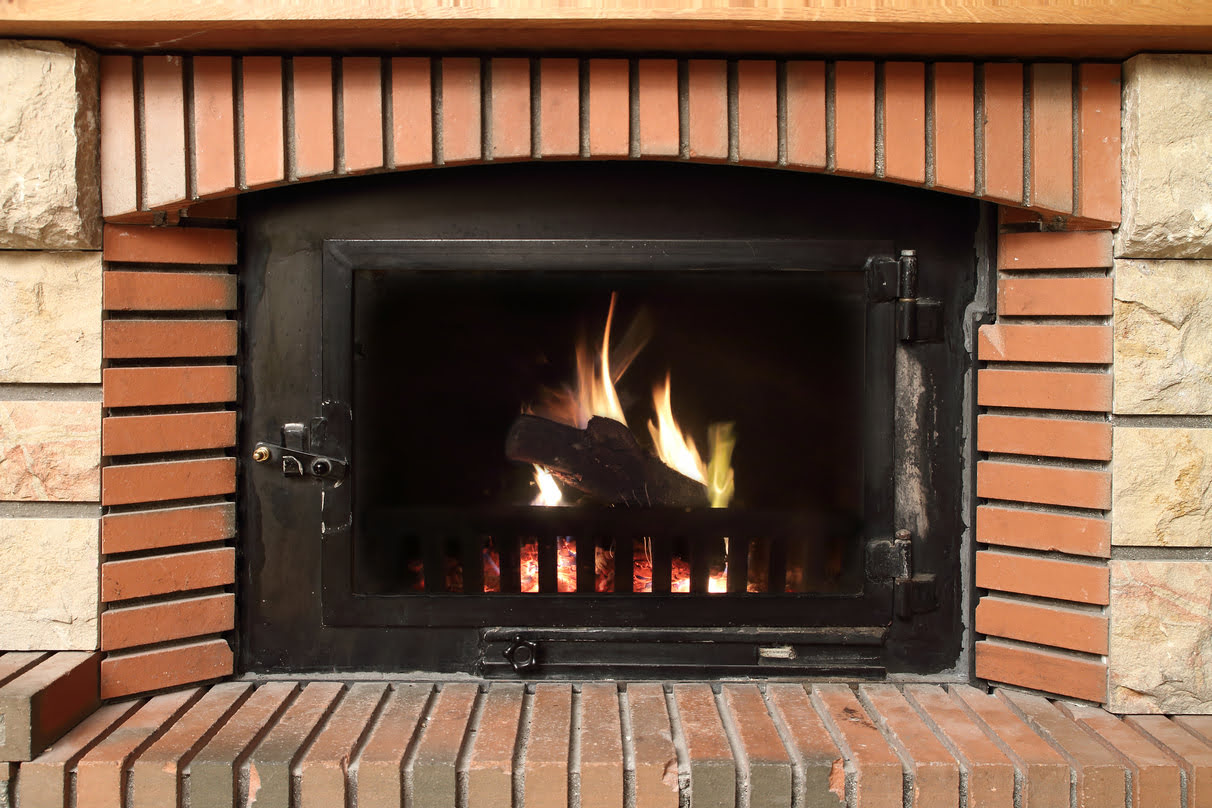

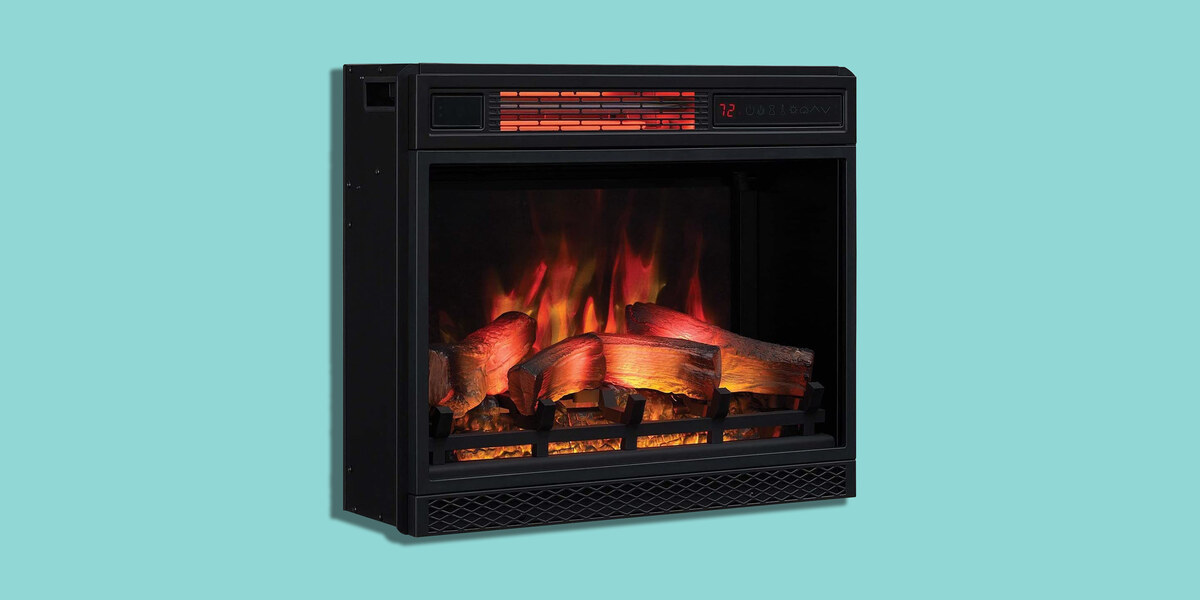
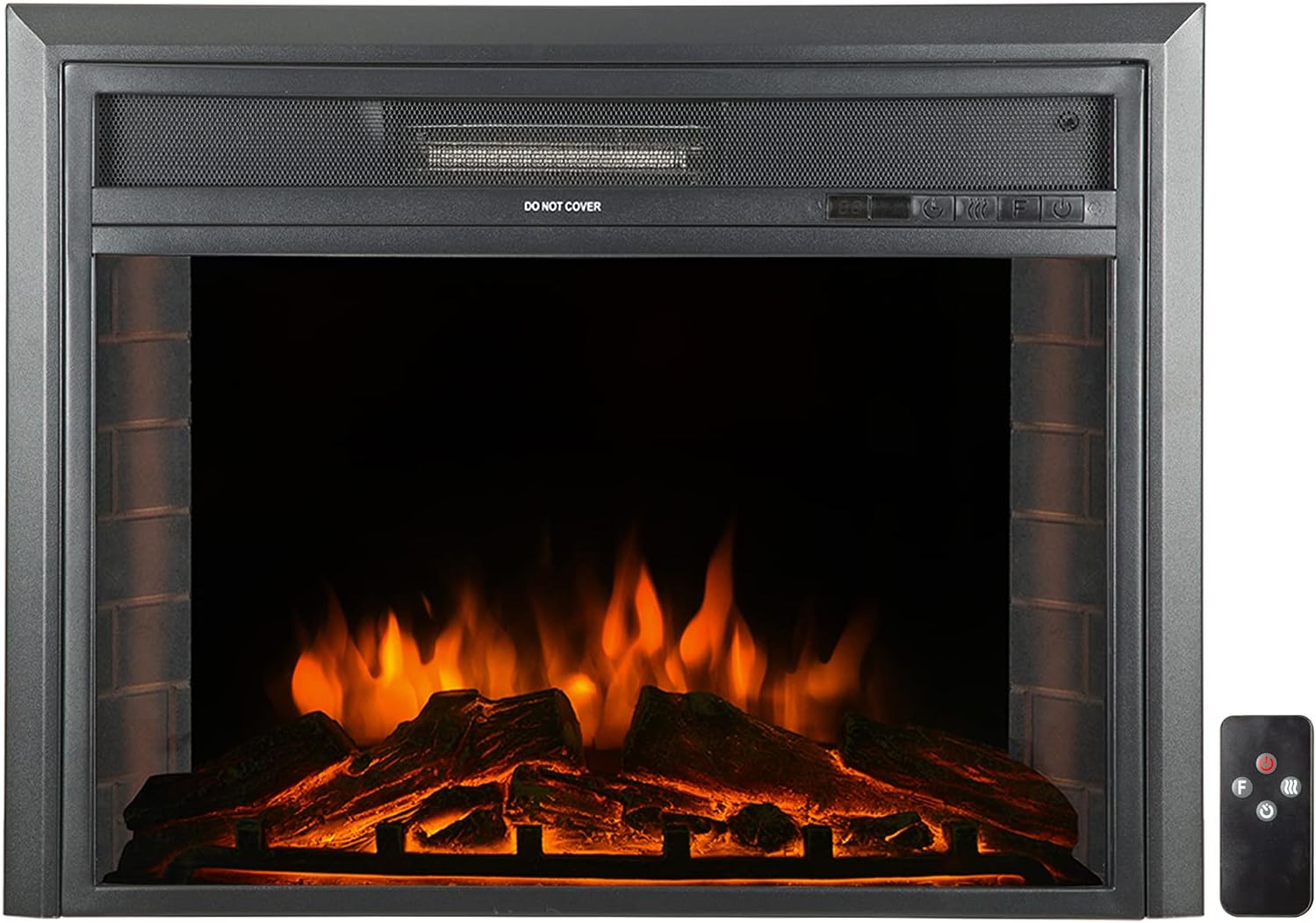
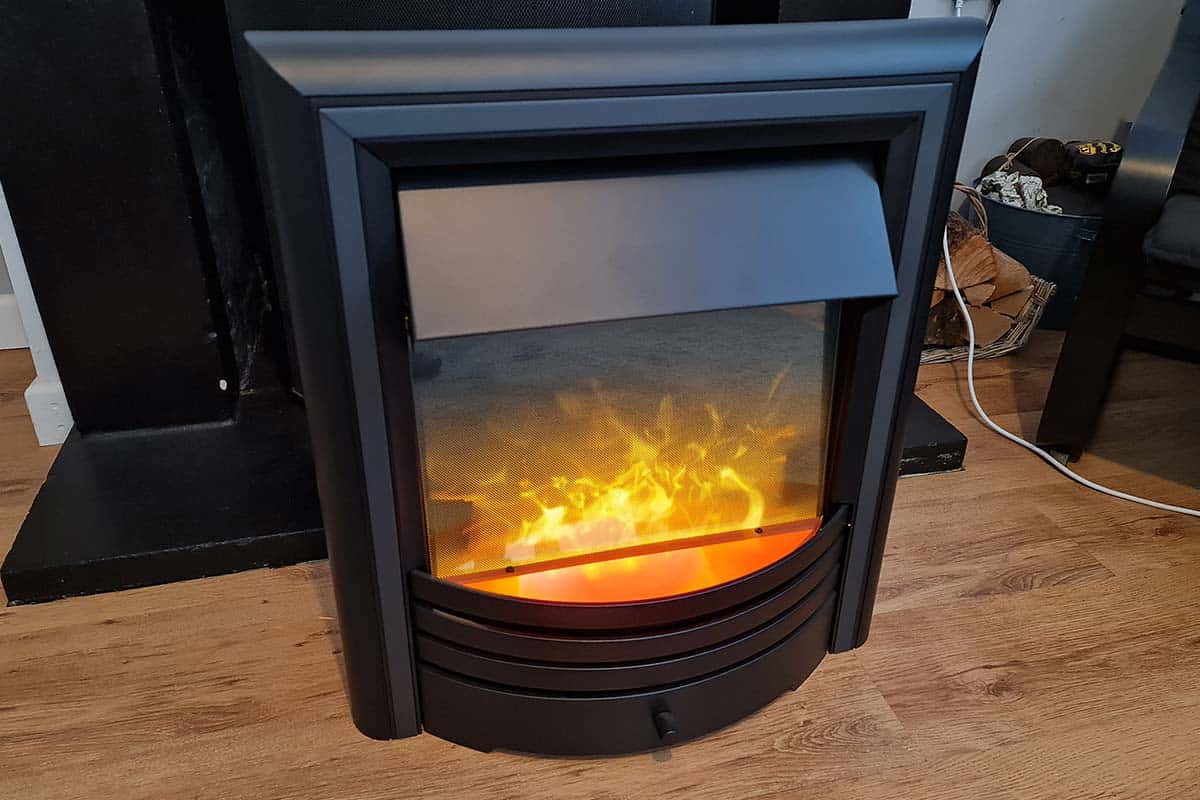
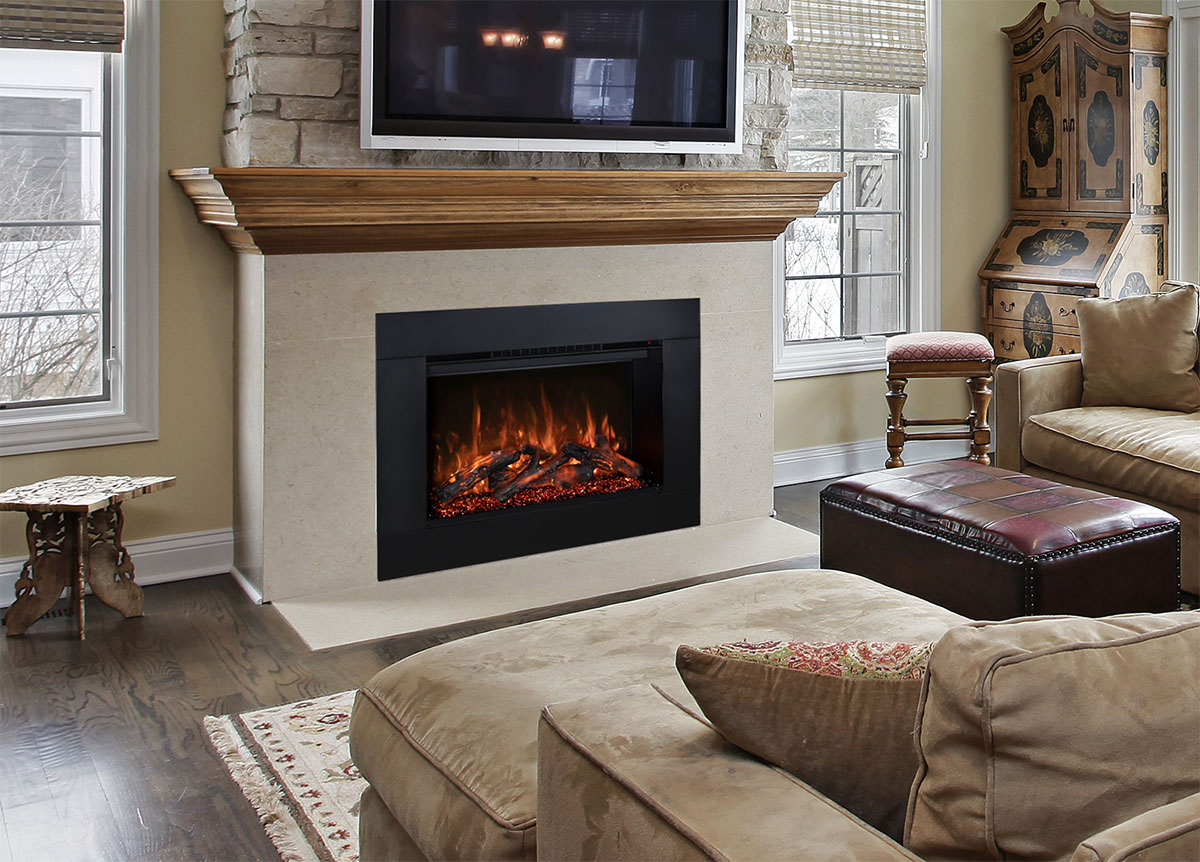
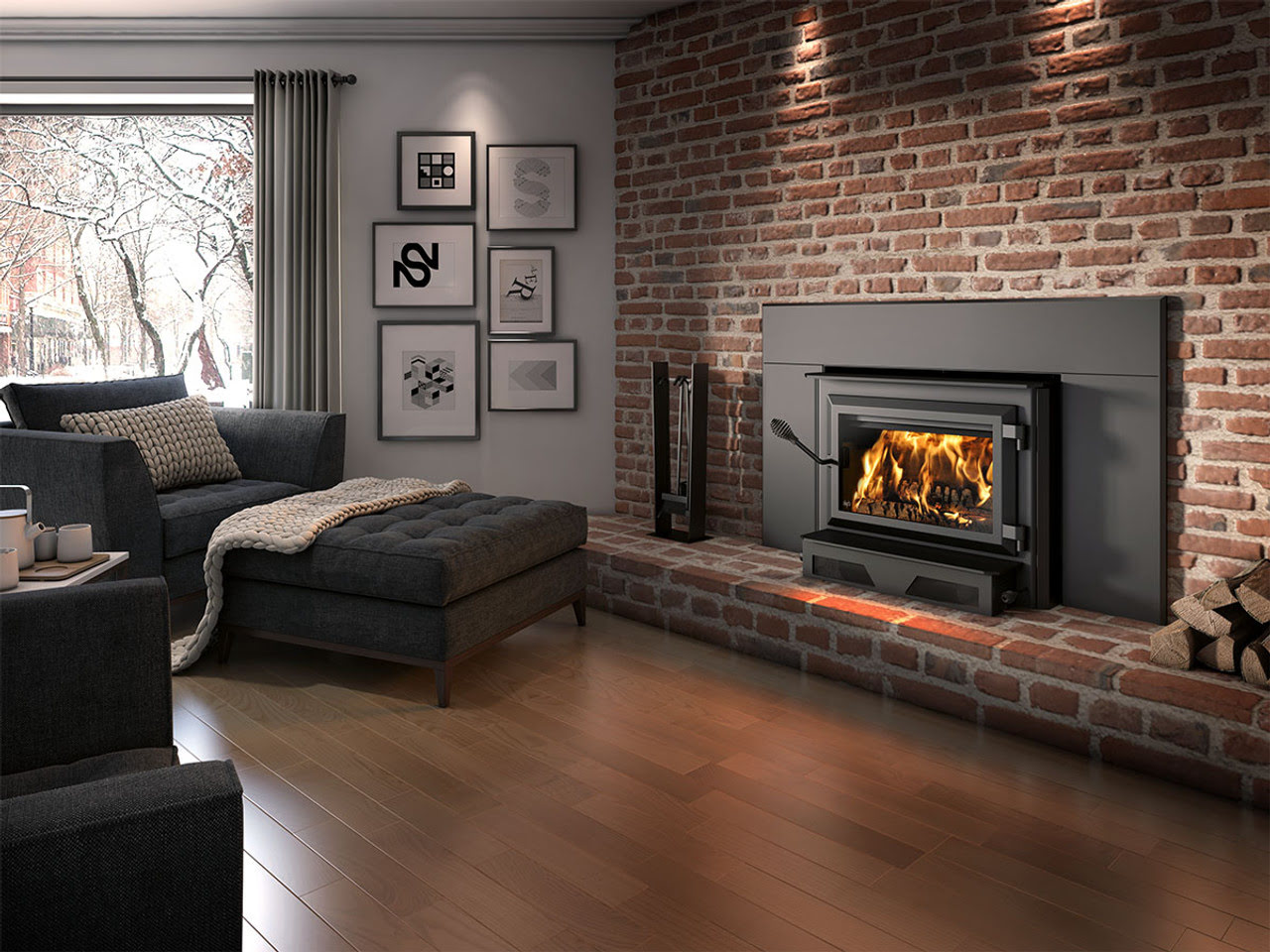
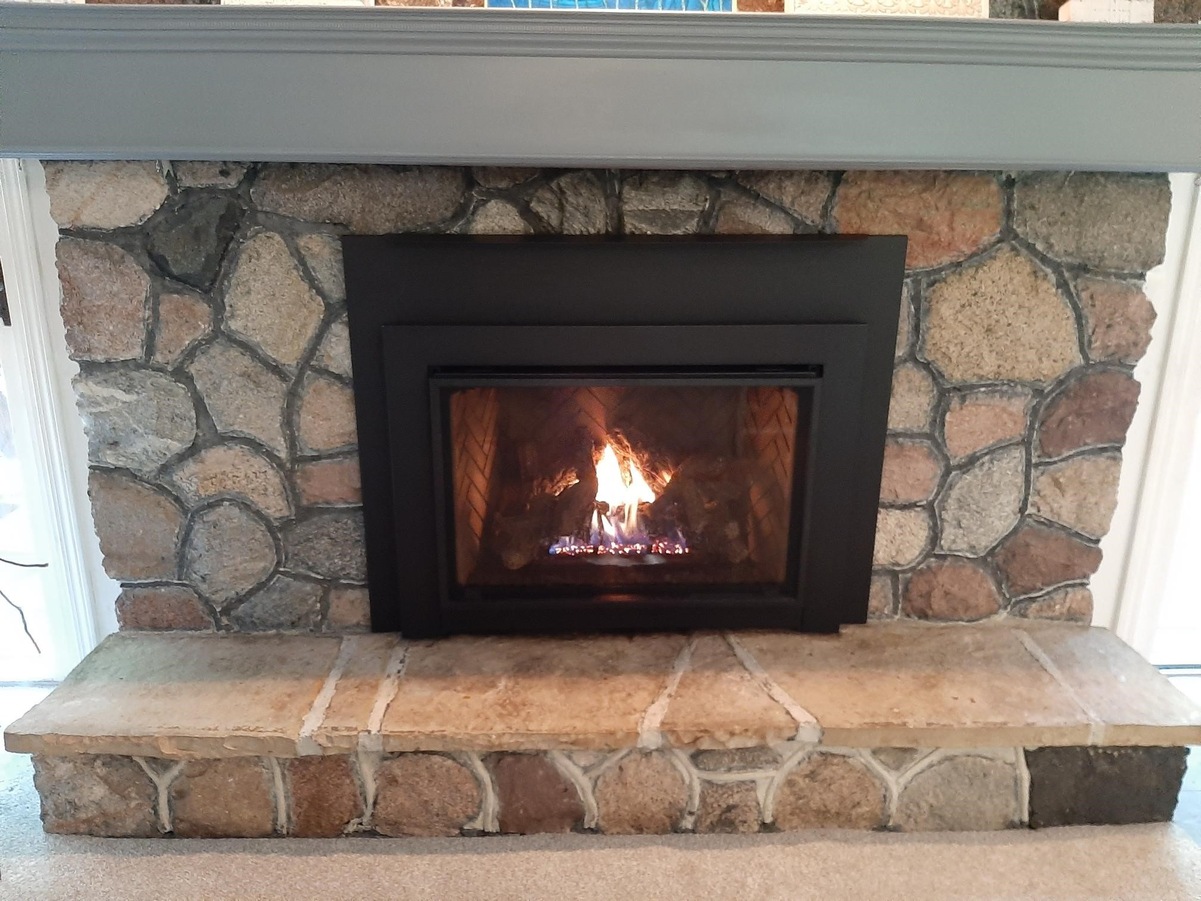


0 thoughts on “What Is A Fireplace Insert”